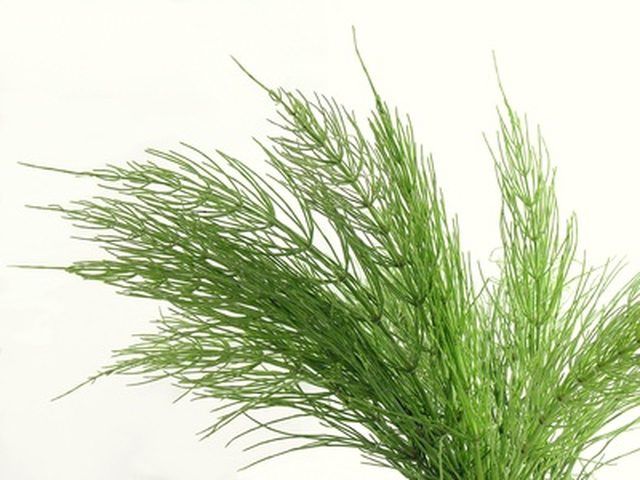Bulbs
Flower Basics
Flower Beds & Specialty Gardens
Flower Garden
Garden Furniture
Garden Gnomes
Garden Seeds
Garden Sheds
Garden Statues
Garden Tools & Supplies
Gardening Basics
Green & Organic
Groundcovers & Vines
Growing Annuals
Growing Basil
Growing Beans
Growing Berries
Growing Blueberries
Growing Cactus
Growing Corn
Growing Cotton
Growing Edibles
Growing Flowers
Growing Garlic
Growing Grapes
Growing Grass
Growing Herbs
Growing Jasmine
Growing Mint
Growing Mushrooms
Orchids
Growing Peanuts
Growing Perennials
Growing Plants
Growing Rosemary
Growing Roses
Growing Strawberries
Growing Sunflowers
Growing Thyme
Growing Tomatoes
Growing Tulips
Growing Vegetables
Herb Basics
Herb Garden
Indoor Growing
Landscaping Basics
Landscaping Patios
Landscaping Plants
Landscaping Shrubs
Landscaping Trees
Landscaping Walks & Pathways
Lawn Basics
Lawn Maintenance
Lawn Mowers
Lawn Ornaments
Lawn Planting
Lawn Tools
Outdoor Growing
Overall Landscape Planning
Pests, Weeds & Problems
Plant Basics
Rock Garden
Rose Garden
Shrubs
Soil
Specialty Gardens
Trees
Vegetable Garden
Yard Maintenance
Horsetail Plant Facts
Horsetail Plant Facts. The Horsetail plant (family: Equisetaceae; genus: Equisetum; species: hyemale, arvense, palustre), is a common sight in the woods and hills of Asia, Europe, Canada and the United States. A perennial, stalk-like plant, horsetail is considered an ancient, or primitive, plant. While it is used as an ornamental in gardens,...

The Horsetail plant (family: Equisetaceae; genus: Equisetum; species: hyemale, arvense, palustre), is a common sight in the woods and hills of Asia, Europe, Canada and the United States. A perennial, stalk-like plant, horsetail is considered an ancient, or primitive, plant. While it is used as an ornamental in gardens, horsetail also offers health benefits.
Features
The main feature of a horsetail is its hollow, circular, stems, which have an average width of 1/4- to 1/2-inch. The stems do not produce leaves of any type, but may have small, stem-like, branches. The average height of a stem is anywhere between 36 and 60 inches. The stem is evergreen, and its color falls between light to dark-green. The stem body, which resembles that of a young bamboo stalk, is segmented.
Habitat and Climate
A horsetail prefers damp and wet areas, specifically around river and stream banks and swamp-like environments. The horsetail can thrived in varied climates: full sun with little to not shade, to an areahaving equal sun and shade.
Pests and Diseases
The horsetail grows and spreads vigorously, and is not susceptible to diseases or pests.
Problems
Because the horsetail is durable, and spreads quickly, it can be considered an invasive species, although an official tag has not been given to it. Horsetail can poison animals if ingested. The species palustre is especially harmful, as it transfers toxic alkaloids to whatever animals ingests it.
Benefits
Horsetail, because of its active ingredients silicic acid, phytosterol, beta-sitosterol, malic acid, vitamin C, volatile oil, and potassium salts, is considered an antimicrobial, antiseptic, and can prevent inflammation. Horsetail can be made into a tea, or taken in extract form. When ingested, horsetail can aid digestion problems, renal disorders, bronchitis and pneumonia, arthritis, head aches and tiredness. Horsetail extract, added to a shampoo, can help prevent dandruff.
Considerations
When considered as an ornamental, the soil prepared for the horsetail should match a pH level between neutral (6.6 to 7.5) to mildly acidic (6.1 to 6.5). Horsetail can be ideal for a fish pond: the stem portions that are below the water line provide a location for small invertebrates to live, which can serve as food for fish.